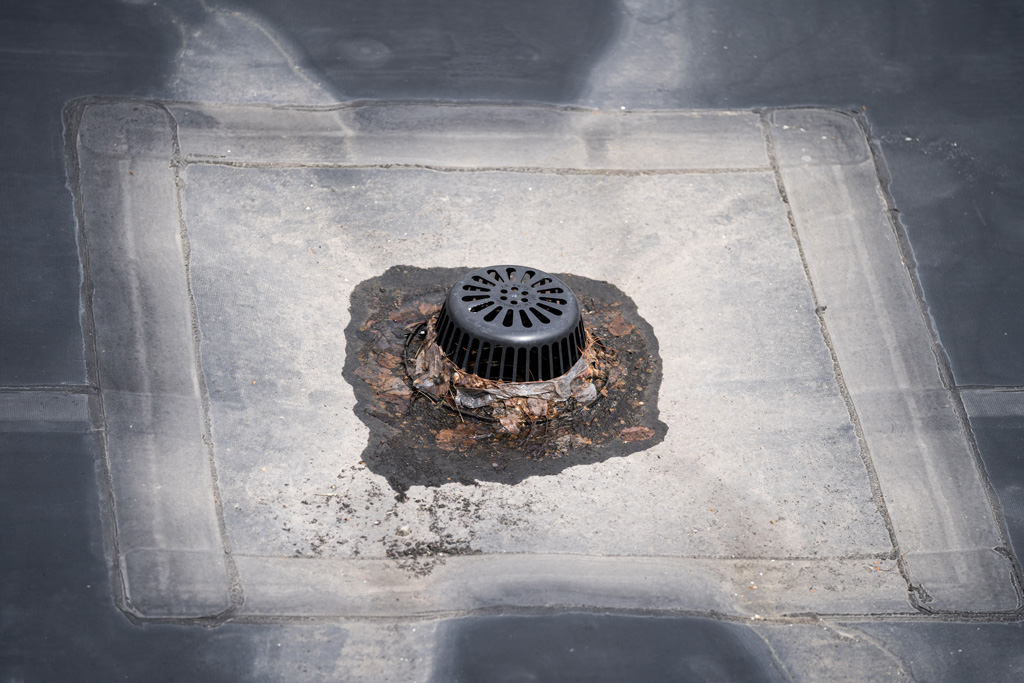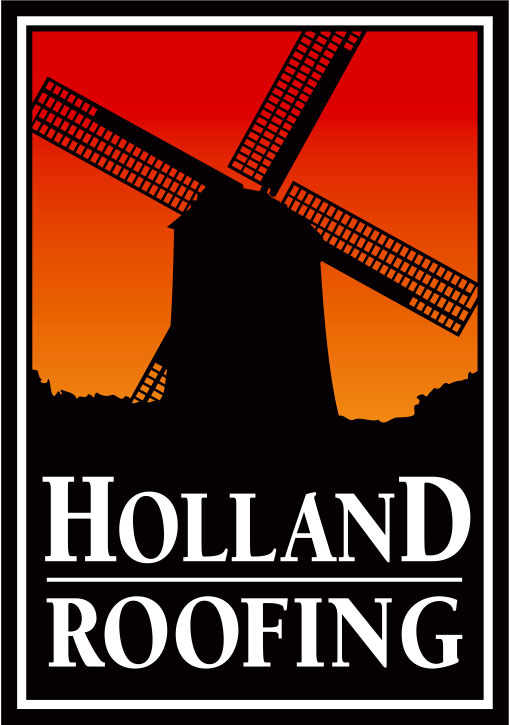
“Autumn breeze and falling leaves…” right on to the top of your roof. As beautiful as it is for the leaves to change and fall from the trees, natural debris can also be detrimental to your roof. The sharp edges of twigs and branches can cause damaged roof membranes and eventually poke holes that could cause roof leaks. Fallen leaves can clogs drains, block scuppers and can contribute to mold, fungi and mildew. Leaves also become soggy and heavy, leading to backed up water and increases the live load on your roof. Without proper care and removal, fall debris prevents your roof system from giving proper protection and can be a risk to you and your business.
Reduce the risk of damage by implementing a preventative maintenance plan. Maintenance crews at Holland Roofing are trained to look for debris and damage around drains, scuppers, and other roofing material that may have been affected. During the fall, it is important to maintain frequent roofing service checks, especially after large storms or high winds.
Not all damages will be noticeable to those that are not trained, but there are signs you can look out for if you are self-inspecting your roof. Any areas of standing water are most likely blocked drains; however, drains can still be blocked without noticeable standing water. Stained areas on the roof are good indicators of previous ponding, and obvious signs of soggy leaves and debris around the drains also indicate a blockage.
The most important factor when it comes to Fall debris is getting it cleared NOW. Low temperatures can cause soggy leaves and debris to freeze, which can lead to an even heavier load on your roof and higher potential for frozen blockages. Roof inspections should be conducted every 6 months, usually in the Spring and Fall. This will help prevent damages from Fall just in time for the winter months and catch any winter damages quickly come Spring.
Contact Holland Roofing to schedule a service today!
